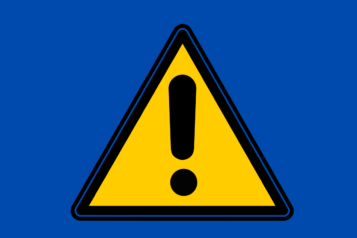Vote Shift Over Time InfoGraph by New York Times – A Master Class in Information Design
© Ugur Akinci Whether you like the results of the 2016 U.S. Presidential elections, there is no denying that the way New York Times analyzed the results is nothing short of masterful. I’m especially impressed by the way NYT summarized the VOTE SHIFT OVER TIME data in a series of simple and but very effective…
Read MoreHow to Make Sure Your Verb Agrees with Your Subject in Technical Writing
© Ugur Akinci It’s a fundamental rule of English grammar: your VERB must agree with the SUBJECT of your sentence. A SINGULAR subject must take a SINGULAR verb. A PLURAL subject must take a PLURAL verb. Why am I addressing this very basic rule? The reason is, the violation of this rule can potentially have disastrous consequences in…
Read MoreWatch Your Adjectives Like a Hawk in Technical Writing
Watch your adjectives like a hawk when you’re writing a list or a procedure in a technical document. Here is an example from the “Workout & Nutrition Guide” that came with the exercise equipment I’ve bought the other day. EXAMPLE 1 “Continue your workout until you feel you are no longer using good form.” What…
Read MoreHow to Write Notes, Cautions, and Warnings
Introduction How to write notes, cautions, and warnings is an important skill in documentation. They can be used to make a point clear or to warn the reader about something they should be careful about or the possibility of personal injury. You can hurt or at least drive your readers crazy if you neglect the…
Read More
